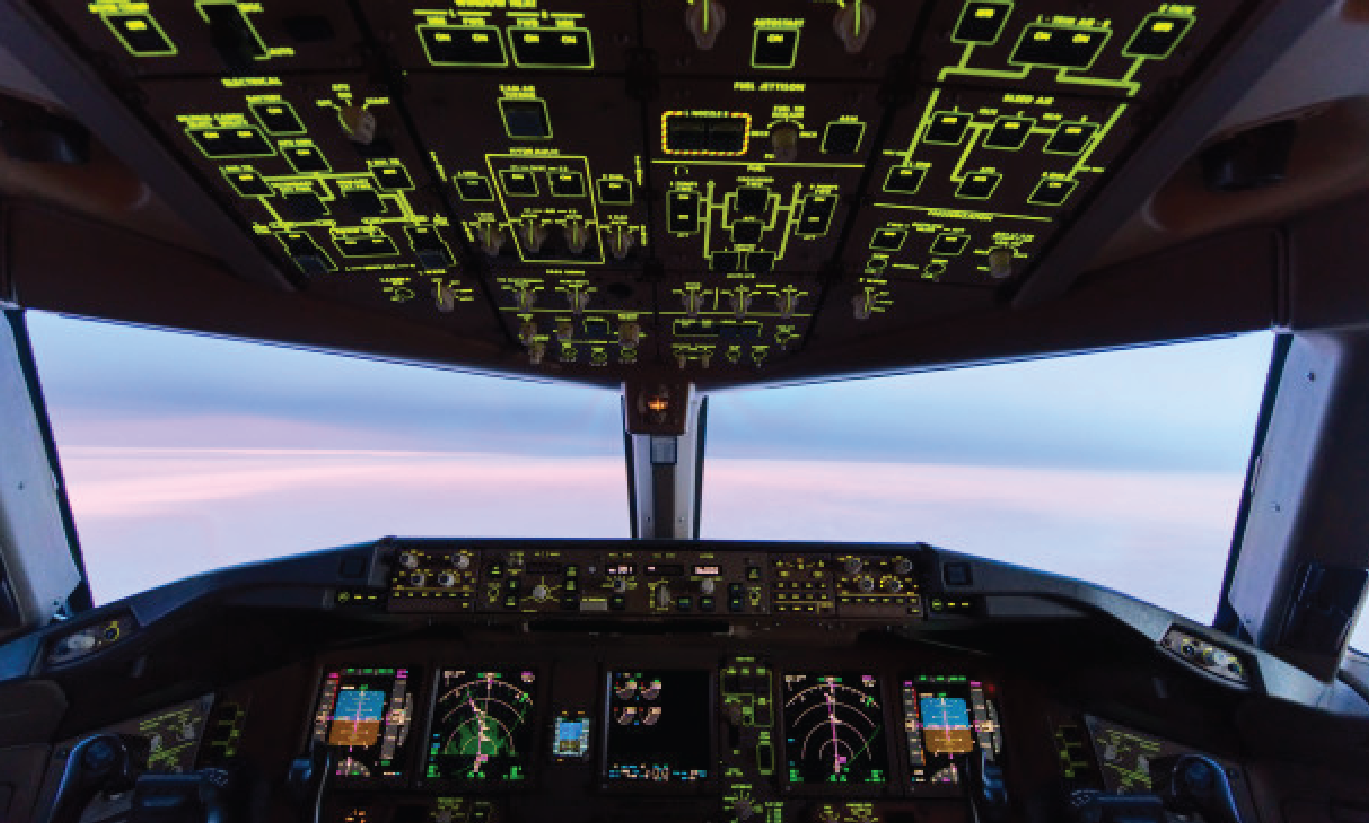
Aerospace engineering is the branch of engineering behind the design, construction, and science of aircraft and spacecraft. It is divided into two major and overlapping branches, aeronautics and astronautics. Aeronautics deals with crafts that stay within the earth's atmosphere, while astronautics deals with crafts that operate outside the atmosphere.
Aerospace engineers design, develop, and test aircraft, missiles, and space vehicles and supervise their production. They often specialize in one kind of vehicle, such as passenger planes, helicopters, or rockets. Most aerospace engineers work in the aircraft industry. This industry includes companies that make engines, communications systems, electronic devices, and many other parts used in aircraft. Many also work for companies that are under the government contract to produce equipment needed for missiles and spacecraft. Others work for commercial airline companies, research and development organizations, and consulting firms, as well as for colleges and universities.
Aerospace engineering is a broad field. It overlaps with areas of other engineering fields, including mechanical, chemical, and electrical field. There are also several areas of specialization within the field. Some aerospace engineers concentrate on structures. They test the structure's ability to resist heat, pressure, and other forms of stress. This helps to develop strong and durable aircraft and other vehicles. Other aerospace engineers work mainly on guidance and control systems. These systems include automatic navigation equipment and the automated Instrumentation Landing Systems (ILS) for aircraft which allow it to land at night and in bad weather. Other special fields in aerospace engineering include propulsion, fluid mechanics, thermodynamics, celestial mechanics, and acoustics. In addition, some aerospace engineers specialize in one phase of a process during which new equipment is developed, produced, and distributed. For example, they may concentrate on design, production, or sales. Others may specialize in a particular type of aerospace product, such as commercial aircraft, military fighter jets, helicopters, spacecraft, or missiles and rockets. They may become experts in aerodynamics, fracture mechanics, celestial mechanics, flight mechanics, propulsion, or guidance and control systems.
Undergraduate students in Aeronautics and Astronautics learn basic aeronautics science such as aerodynamics, structural design, materials, stability and control system, and also astrodynamics. They also obtain supporting knowledge in the field of electronics, programming, and strong basic in applied mathematics. In the final year of study, the students have to take Aircraft Design Subject where they are divided into groups to design an aircraft that meets a specific requirement which is different for each year. The students are to deal with a problem of aircraft engineering design with contradictory requirements. For example, a strong but light structure is one that needs strict compromise of optimization. The Laboratory in Aeronautics and Astronautics Department includes aerodynamics, lightweight structure, flight simulation, as well as flight physics laboratory, aircraft design studio, etc. Research topics such as 3-D reconstruction of Industrial Components using simulated CT-Scan and Photography and Laser-based velocity measurement system are the example of the latest up-to-date research conducted in Aeronautics and Astronautics Department.
Aeronautics and astronautics students are participating in numerous national and international competitions. They won a number of awards in several contests in Taiwan and Japan. The team of Aeronautics and Astronautics students also won the first place in Rocket Payload Competition held by LAPAN in 2008. To promote and establish a vision of the future of Indonesian aerospace, ITB Aeronautics and Astronautics Students have organized the Indonesian Indoor Aerial Robot Contest (IIARC) since 2008. Basically, it is a national contest for university and senior high school students in which they are challenged to create aerial robot to conduct a specific mission. Another activity is the AeroExpo, an exhibition to cultivate interest and gain support for the development of Indonesia's aerospace.